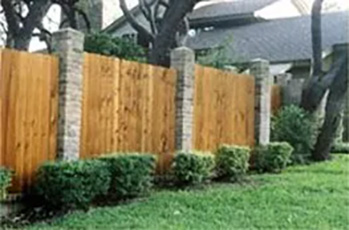36 years ago, I started sealing wooden decks and fences. I learned very quickly that a deck deteriorates four times faster than a fence. This is because decks are flat, and they absorb all of the sun rays, whereas fences are vertical, thus reflecting the sun and causing less damage. Since decks deteriorate so quickly, I’ve had the opportunity to study many sealers actually applied on decks in a short period of time.
Over the first 700 decks, I have observed over 50 different sealers. Out of frustration, I called the National Forestry Service for help. In response, they mailed the results of their research. This research addressed the advantages and disadvantages of wood. It also described the sealers that best solved the problems associated with wood.
Call Deck & Patio Care by Barry Hagendorf today at 210-822-9147.
It should be noted that cedar is full of tannic acid. When tannic acid comes to the surface of a board, it will turn shades of gray to black. It is always necessary to neutralize the tannic acid by spraying the pickets with osalic wood brighteners. Sealing Process Allow the wood to dry 48 hours and apply the oil-based penetrating sealer into the wood.
For all your fence treatment needs, call Deck & Patio Care by Barry Hagendorf today at 210-822-9147.
